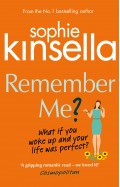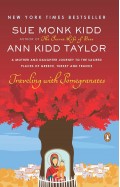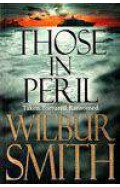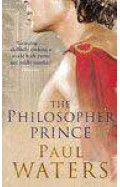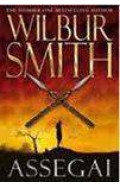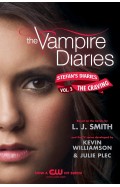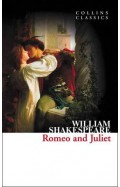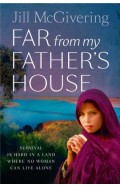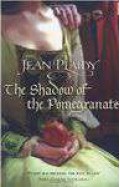- Home
- Sale
- Let's Read More FLAT 15% OFF
- The Real and the Romantic - English Art Between Two World Wars
The Real and the Romantic - English Art Between Two World Wars
By: Frances Spalding
-
Rs 7,147.25
- Rs 12,995.00
- 45%
You save Rs 5,847.75.
Due to constant currency fluctuation, prices are subject to change with or without notice.
'Superb ... Spalding is a lucid and revealing guide who wears her scholarship lightly' Sunday Times
'Spalding’s prose is as clear as a Ravilious greenhouse, her thoughts as orderly as a Ben Nicholson white relief' The Times
A fresh look at a period of English art that has surged in interest and popularity in recent years, authored by one of Britain's leading art historians and critics.
The 21st century has seen a surge of interest in English art of the interwar years. Women artists, such as Winifred Knights, Frances Hodgkins and Evelyn Dunbar, have come to the fore, while familiar names – Paul Nash, Eric Ravilious and Stanley Spencer – have reached new audiences. High-profile exhibitions have attracted recordbreaking visitor numbers and challenged received opinion. In The Real and the Romantic, Frances Spalding, one of Britain’s leading art historians and critics, takes a fresh and timely look at this rich period in English art.
The devastation of the First World War left the art world decentred and directionless. This book is about its recovery. Spalding explores how exciting new ideas co-existed with a desire for continuity and a renewed interest in the past. We see the challenge to English artists represented by Cézanne and Picasso, and the role played by museums and galleries in this period. Women artists, writers and curators contributed to the emergence of a new avant-garde. The English landscape was revisited in modern terms. The 1930s marked a high point in the history of modernism in Britain, but the mood darkened with the prospect of a return to war. The former advance towards abstraction and internationalism was replaced by a renewed concern with history, place, memory and a sense of belonging. Native traditions were revived in modern terms but in ways that also let in the past. Surrealism further disturbed the ascetic purity of high modernism and fed into the British love of the strange.
Throughout these years, the pursuit of ‘the real’ was set against, and sometimes merged with, an inclination towards the ‘romantic’, as English artists sought to respond to their subjects and their times.
'Superb ... Spalding is a lucid and revealing guide who wears her scholarship lightly' Sunday Times
'Spalding’s prose is as clear as a Ravilious greenhouse, her thoughts as orderly as a Ben Nicholson white relief' The Times
A fresh look at a period of English art that has surged in interest and popularity in recent years, authored by one of Britain's leading art historians and critics.
The 21st century has seen a surge of interest in English art of the interwar years. Women artists, such as Winifred Knights, Frances Hodgkins and Evelyn Dunbar, have come to the fore, while familiar names – Paul Nash, Eric Ravilious and Stanley Spencer – have reached new audiences. High-profile exhibitions have attracted recordbreaking visitor numbers and challenged received opinion. In The Real and the Romantic, Frances Spalding, one of Britain’s leading art historians and critics, takes a fresh and timely look at this rich period in English art.
The devastation of the First World War left the art world decentred and directionless. This book is about its recovery. Spalding explores how exciting new ideas co-existed with a desire for continuity and a renewed interest in the past. We see the challenge to English artists represented by Cézanne and Picasso, and the role played by museums and galleries in this period. Women artists, writers and curators contributed to the emergence of a new avant-garde. The English landscape was revisited in modern terms. The 1930s marked a high point in the history of modernism in Britain, but the mood darkened with the prospect of a return to war. The former advance towards abstraction and internationalism was replaced by a renewed concern with history, place, memory and a sense of belonging. Native traditions were revived in modern terms but in ways that also let in the past. Surrealism further disturbed the ascetic purity of high modernism and fed into the British love of the strange.
Throughout these years, the pursuit of ‘the real’ was set against, and sometimes merged with, an inclination towards the ‘romantic’, as English artists sought to respond to their subjects and their times.
The Real and the Romantic - English Art Between Two World Wars
By: Frances Spalding
Rs 7,147.25 Rs 12,995.00 Ex Tax :Rs 7,147.25
Zubin Mehta: A Musical Journey (An Authorized Biography)
By: VOID - Bakhtiar K. Dadabhoy
Rs 472.50 Rs 1,050.00 Ex Tax :Rs 472.50
Traveling With Pomegranates A Mother And Daughter Journey To The Sacred Places Of Greece Turkey And France
By: Sue Monk Kidd
Rs 1,165.50 Rs 1,295.00 Ex Tax :Rs 1,165.50
The Vampire Diaries Stefans Diaries 3 The Craving
By: L. J. Smith
Rs 1,686.75 Rs 2,595.00 Ex Tax :Rs 1,686.75
No similar books from this author available at the moment.
No recently viewed books available at the moment.
Zubin Mehta: A Musical Journey (An Authorized Biography)
By: VOID - Bakhtiar K. Dadabhoy
Rs 472.50 Rs 1,050.00 Ex Tax :Rs 472.50
The Real and the Romantic - English Art Between Two World Wars
By: Frances Spalding
Rs 7,147.25 Rs 12,995.00 Ex Tax :Rs 7,147.25












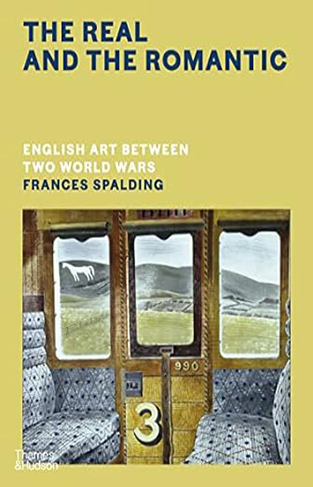
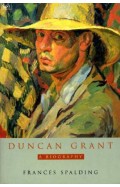
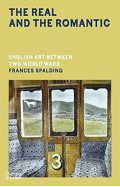
-120x187.jpg?q6)





